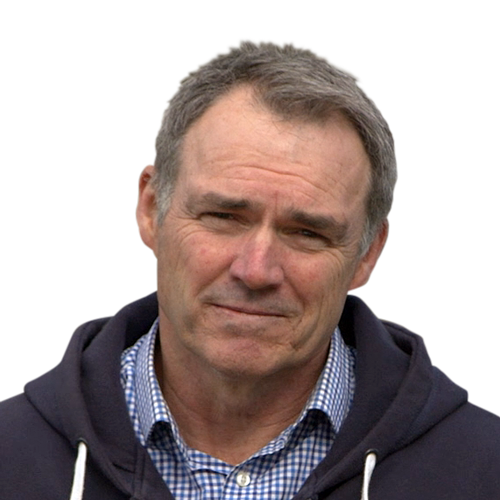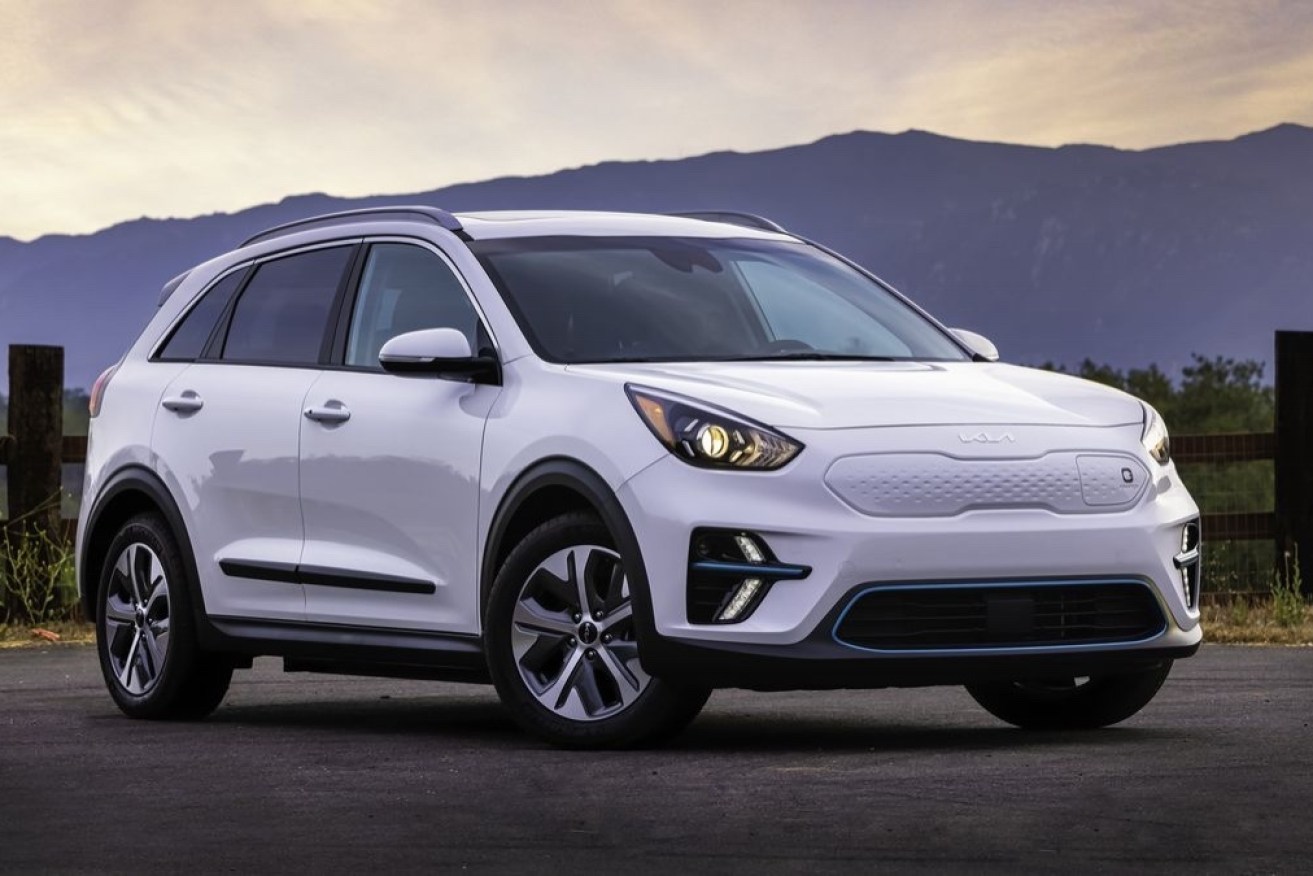The speed bumps on the road to EV adoption


EVs such as the Kia Niro are being hit by a pricing double-whammy, writes Bruce Newton. Photo: Kia
After a decade of debate and delay, Australia is accelerating its adoption of electric vehicles.
A new federal government has enshrined emissions reduction targets in legislation, and the ACT government has become Australia’s first to declare an ambition to ban the sale of vehicles powered by fossil fuels from 2035.
There’s no question the transition away from the internal combustion engine is an intrinsic part of achieving net-zero carbon emissions by 2050, but what’s also clear is the battery electric vehicle has some road blocks to clear if it is to speed up its contribution.

The battery electric vehicle still has some road blocks to clear. Photo: Getty
Cost
The price of vehicles has been on the rise in Australia throughout the COVID-19 era.
Demand has outstripped supply as manufacturers grapple with pandemic-enforced production halts, a lack of raw materials and high-tech parts like microchips. Transport costs have also gone through the roof.
The situation when it comes to electric vehicles has been even more pronounced because the high-voltage battery that stores electricity is so expensive to manufacture.
For a long time, battery prices were decreasing as production ramped up, but now the opposite is happening thanks to the rising cost of materials critical to their manufacture, such as lithium.
In effect, then, EVs are being hit by a pricing double-whammy. It means they are priced beyond the reach of most Australians.
An obvious example of this came when Korean brand Kia recently launched its compact five-door Niro EV in Australia.
About the same size as a petrol-powered Mazda CX-3, which has pricing starting at below $24,000 before on-road costs, the Niro was priced from $65,300 before on-road costs.
“Each [Kia] model that arrives in Australia is an individual [price] negotiation and with what is happening with production costs, raw materials costs, logistics costs, we were just in a situation where that was the best price we could get negotiated with Korea,” Kia Australia chief operating officer Damien Meredith said.
“I don’t want to be the bearer of bad news, but I think every manufacturer is under a heap of pressure in regards to their pricing strategies in Australia.”
This is an issue is not isolated to Australia. It’s global.
If EVs don’t get cheaper, “the market will collapse”, the chief manufacturing officer of the enormous Stellantis auto group (Peugeot, Citroen, Chrysler, Jeep and many more), Arnaud Deboeuf recently told Bloomberg. “It’s a big challenge.”
Stellantis is aiming to cut the cost of making EVs by 40 per cent by 2030 by making more parts itself and getting suppliers to reduce pricing.
Policy settings
In Australia there are no longer any manufacturing levers to pull to affect EV pricing, although as we reported here, that could change in the future.
So it comes down to policy settings that encourage or – potentially in the ACT’s case – force EV uptake.
There are now incentives of some form to switch to EVs in every Australian state, and the new Labor federal government introduced a Fringe Benefit Tax EV exemption among its initial tranche of legislation.
Apart from perking up buyer interest, active policy settings encouraging EVs resonate with manufacturers. It means their local distribution agents can get a more sympathetic hearing when it comes to price and availability.
The latter point is important. Globally there is much more demand for EVs than there is supply, so the cars are sent where there is more chance of sales. Australia has been getting EVs only in dribbles from most brands.
In places like Europe there is a vehicle emissions reduction target that means the dirtier a brand’s fleet the more financial penalties are applied. Crucially, EVs can be used to offset these penalties. No such policy yet exists in Australia.
“An emissions reduction target complemented by incentives will help move our nation up the global vehicle supply list and ensure Australians can access the low-emission vehicles they want to drive,” argues Tony Weber, the chief executive of the Federal Chamber of Automotive Industries.
Alternatives
Note Mr Weber says “low” not “zero” emissions vehicles. The FCAI represents almost all of the 60-plus auto brands sold in Australia and most of them are pretty antsy about the prospect of ICE bans actually being legislated by 2035.
According to the latest sales figures issued to the end of July, there have been 10,289 EVs sold in Australia in 2022. Compare that to almost 150,000 mostly diesel 4×4 utes.

Only 10,289 EVs have been sold in Australia in 2022, compared with nearly 150,000 4×4 utes. Photo: Kia
A study by financial forecaster S&P Global commissioned by the FCAI estimates that pricing trends (based on current settings) mean just two per cent of light commercial vehicles sold in Australia in 2033 and about 22 per cent of mass market passenger vehicles will be EVs.
Only in the high-volume premium end of the market where buyers are more affluent will EVs have gained a dominant position, claiming more than 60 per cent of sales.
So understandably, much of the local auto industry would like to see a more gradual transition to EVs, using intermediate technologies that marry electric and ICE powertrains in various forms of hybrid arrangements from mild to plug-in.
A few brands, including market leader Toyota, are also backing hydrogen fuel cells, but in part because of a lack of refuelling infrastructure and the expense of expanding it, this technology appears better suited to heavy transport.
Extending the lifespan of ICE means both carbon and health-impacting particulate emissions would be reduced but not ended. It would also slow our progress toward net zero in 2050.
For some contributors to the debate that’s simply unacceptable. The EV Council wants 100 per cent of new vehicle sales to be electric by 2035.
“We recognise we definitely need to get to 100 per cent of the cars sold being electric by 2035,” CEO Behyad Jafari said.
“But as an organisation we are much more interested in the actions we start taking now to reach that target.”
The good news
The various players with a stake in the EV transition agree that cheaper pricing for electric cars will happen.
That will be driven by production and technology cost relief and a wider variety of different models going on sale.
The S&P global study forecast entry-level pricing could drop from about $45,000 in Australia today to about $32,000 in 2033. Eventually, when you walk into a dealership, electric cars will dominate the floorspace.
“It’s just a matter of time. There’s no question about where the ultimate point is,” Weber said.
“The real debate should be about what the transition that is and how we facilitate that transition in the most efficient and effective way.”








